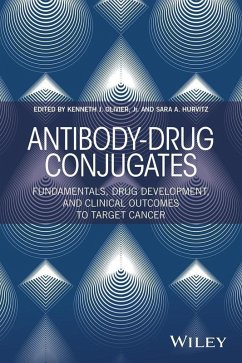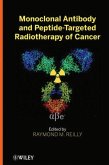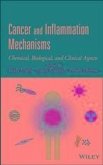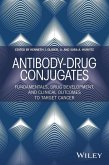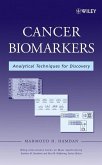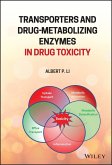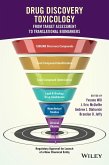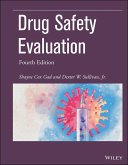Providing practical and proven solutions for antibody-drug conjugate (ADC) drug discovery success in oncology, this book helps readers improve the drug safety and therapeutic efficacy of ADCs to kill targeted tumor cells. * Discusses the basics, drug delivery strategies, pharmacology and toxicology, and regulatory approval strategies * Covers the conduct and design of oncology clinical trials and the use of ADCs for tumor imaging * Includes case studies of ADCs in oncology drug development * Features contributions from highly-regarded experts on the frontlines of ADC research and development
Dieser Download kann aus rechtlichen Gründen nur mit Rechnungsadresse in A, B, BG, CY, CZ, D, DK, EW, E, FIN, F, GR, HR, H, IRL, I, LT, L, LR, M, NL, PL, P, R, S, SLO, SK ausgeliefert werden.

